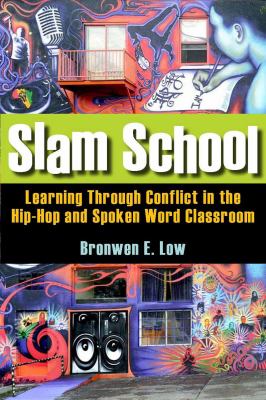
print
|
Slam school : learning through conflict in the hip-hop and spoken word classroom
Copies
1 Total copies, 1 Copies are in,
0 Copies are out.
Authors
Subjects
Language arts (Secondary)--Social aspects--United States.
Performance poetry--Study and teaching (Secondary)--United States.
Education, Secondary--Curricula--United States.
Multicultural education--United States.
Intergroup relations--United States.
Critical pedagogy--United States.
Educational anthropology--United States.
Hip-hop--United States--Influence.
Performance poetry--Study and teaching (Secondary)--United States.
Education, Secondary--Curricula--United States.
Multicultural education--United States.
Intergroup relations--United States.
Critical pedagogy--United States.
Educational anthropology--United States.
Hip-hop--United States--Influence.
Language
English
Series
Dimensions
24 cm.







